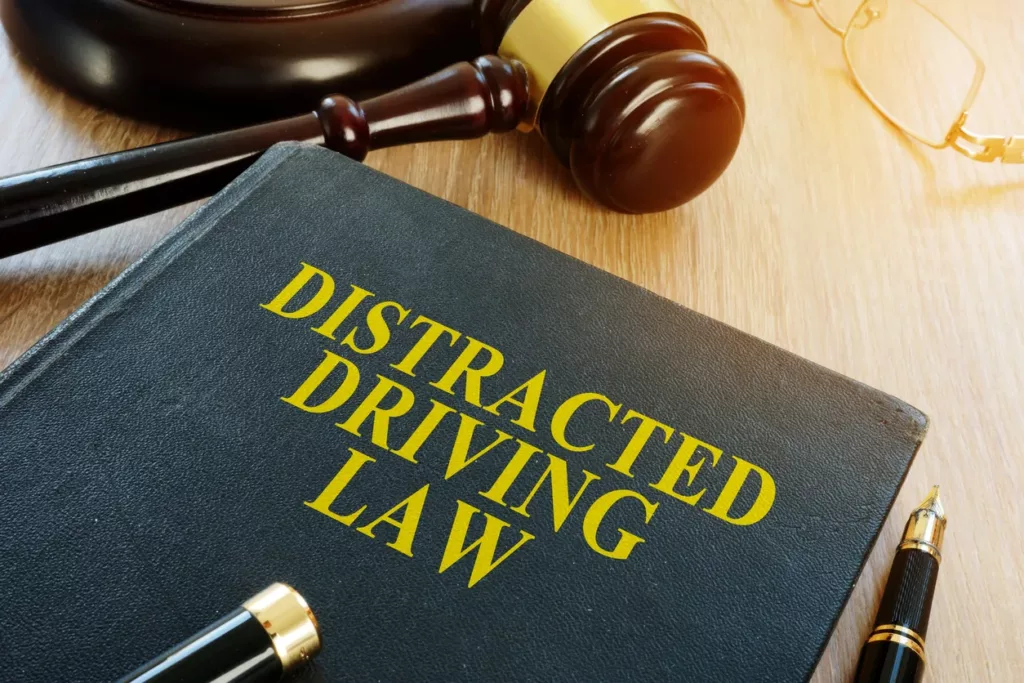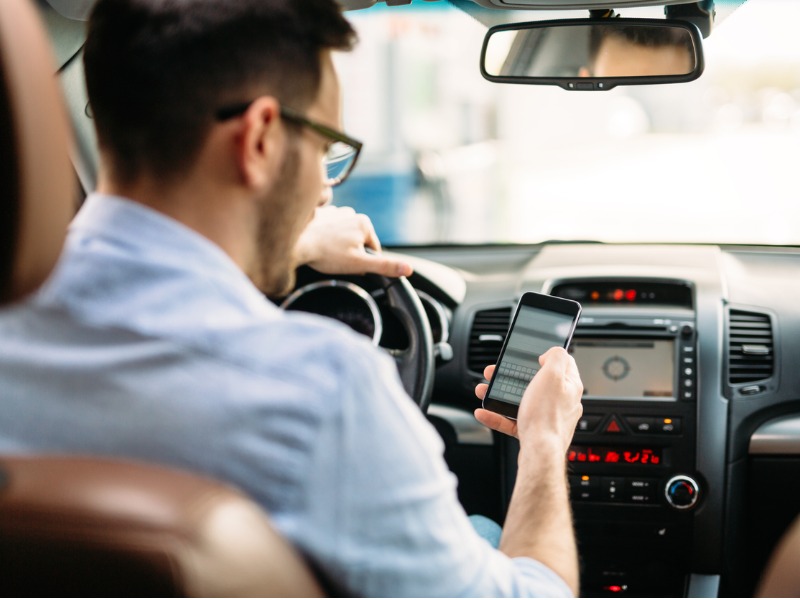How to Avoid Distracted Driving
Distracted driving occurs when a driver is engaged in activities that divert his or her attention away from the road. Distractions during driving put the lives of drivers, passengers, pedestrians, and other drivers at risk. One of the most common forms of distracted driving is the use of a cellular smartphone while driving. According to the US Department of Transportation, texting while driving increases the chance of a crash by 23 times compared to driving without distraction. Over 30% of drivers in the United States have texted while driving, according to studies and polls. Younger drivers, in particular, but not exclusively, are prone to distracted driving.
Types of Distractions while Driving
Visual, physical, and cognitive distractions are the three types of distractions that might occur when driving. Taking one’s eyes off the road, like glancing at a GPS system, roadside billboards, or checking a child’s seat belt in the rearview mirror, are all visual examples that can lead to distracted driving. Manual distractions include rummaging for anything in a bag, eating or drinking, grooming, or changing radio stations with one’s hands off the wheel. A mentally unfocused driver exposes himself to cognitive distractions. Texting and calling on one’s cell phone are examples of distractions that combine some or all of these categories.

Dangers of Distracted Driving
In 2019, distracted driving accidents killed over 3,000 people. 9% of all fatal crashes involved distracted drivers. A driver conversing on a cell phone has the same delayed reaction time as a driver who is legally inebriated. Texting while driving is a major contributor to road fatalities. For every million additional text messages, casualties from distracted driving behavior rise over 75%. Distractions cause more fatal crashes in people under the age of 20 than in any other age group. According to studies, drivers who use their cellphones just for a single text message, take their eyes from the road for an average of 4.6 seconds. This is the equivalent of driving a football field blindfolded at 55 mph.
How Employers can reduce Distracted Driving
Using cell phones while driving is undoubtedly the major cause of distracted driving. Every day, millions of people who drive to work put themselves in danger by texting while driving. With the widespread use of smartphones, this problem is only getting worse. Under the Occupational Safety and Health Act, employers need to safeguard their workers while they are driving. This is true whether they drive extensively or just occasionally to conduct their work duties. It doesn’t matter if employees drive their personal car or a company provided one.
Here are some of the things employers can do to prevent distracted driving:
- Ban the use of cellphones for all employees while driving.
- Disincentive the use of cellphones during driving. Create procedures such that using cellphones while driving is not necessary to perform work duties.
- Establish explicit protocols, times, and locations for drivers to safely communicate with management and customers.
- Educate workers on hazard-free communications practices during orientation and training.
- Remove any financial or other incentives that encourage employees to use their cellphone while driving, for example communicating with a client while driving.

Other measures to reduce Distracted Driving
Legislation has been introduced to reduce fatalities caused by distracted driving. These restrictions vary between states. Currently, no state has a complete ban on the use of cell phones while driving. Most restrictions are restricted to drivers using only hands-free devices to use their cellphones. These laws are also difficult to enforce so there are reservations over their effectiveness.
A more effective way to discourage distracted driving is to run awareness campaigns on media. The US Department of Transport and the NHTSA regularly run PSAs encouraging people to adopt safe driving practices. American cellular service providers have also collaborated to run awareness campaigns on media to discourage cellphone use while driving.
Technology is also playing its part to reduce distracted driving incidents. Carmakers have been providing dashboard and heads-up display features in their cars. They allow drivers to access driving information without looking away from the road. Some manufacturers are also working on technology that will monitor drivers’ eyelid movements. There are also some applications that disable cellphones if they detect they are in high-speed motion.
Studies have found rumble road strips to be useful in preventing crashes caused by distracted driving. A rumble strip is a grooved stretch of pavement. A rumble strip causes the car to vibrate and emits tire noise when driven on. Its purpose is to refocus the driver’s attention on the road. They are a very effective way to reduce distracted driving-related crashes. Rumble strips have been shown to reduce crash injury from 38 percent to 50 percent on rural lanes, and from 50 percent to 90 percent on urban roadways. Rumble strips can be found in practically every state in the United States.
In addition, obtaining your OSHA 30 card on behalf of the U.S. Department of Labor will give you an advantage over other employees when applying for a job position in any Construction facility near your area.






